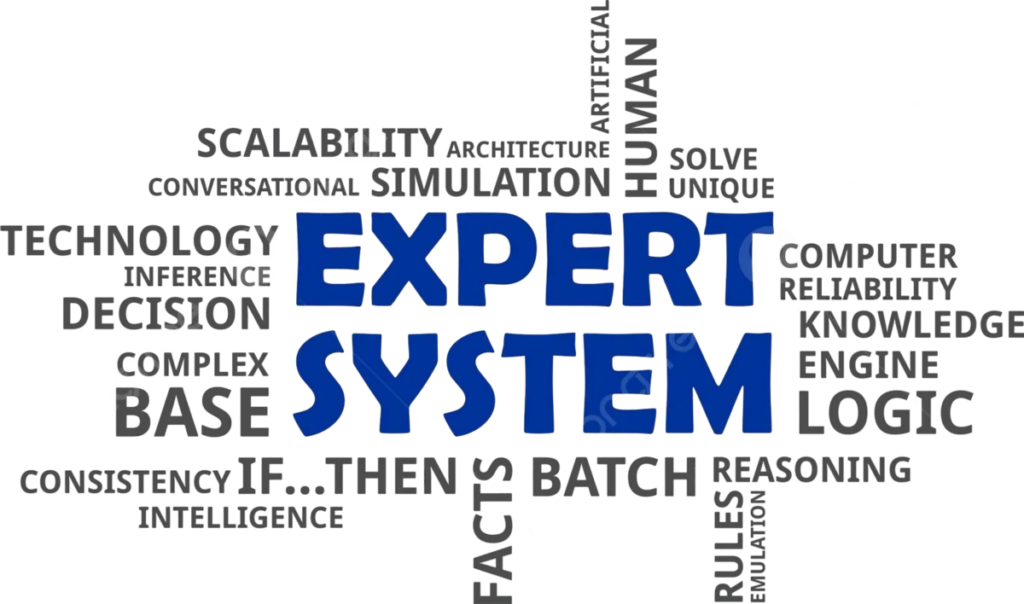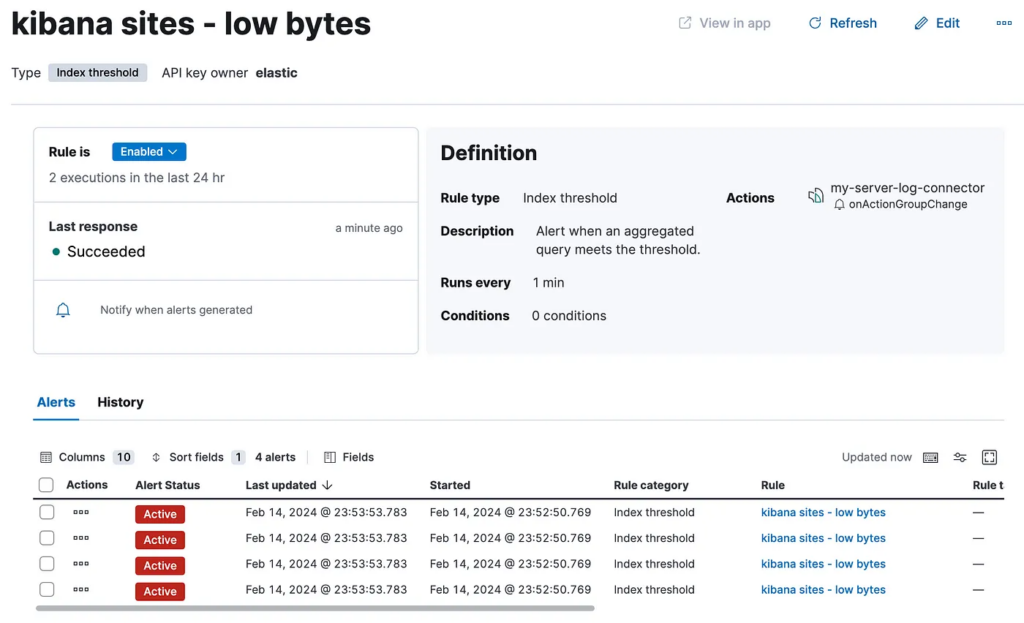In recent years, when people talk about Artificial Intelligence (AI), the conversation quickly turns to Machine Learning (ML), Deep Learning (DL), and popular technologies like ChatGPT(OpenAI), Gemini(Google), Copilot(Microsoft). These modern branches of AI have driven rapid advances and innovations, making AI globally popular. However, in the embrace these advancements, an essential foundational branch of AI has been overlooked: Expert Systems. Once considered a groundbreaking achievement in AI, expert systems were foundational to many early applications but now receive little attention in the contemporary AI landscape.
This article is also published on the https://nika.ai3sec.com/expert-system-a-forgotten-branch-in-ai-9b16b5a08b77

In this post, we’ll dive into what Expert Systems are, why they were once at the heart of AI development, and whether they still have a place in today’s rapidly evolving AI world.
What is an Expert System ?
An Expert System is an AI system designed to simulate the decision making ability of a human expert in specific field. It operates based on fixed rules and a knowledge base information collected from human experts over time. The system can offer decisions or advice by leveraging these pre-defined rules and data.

How does Expert System work ?
An expert system typically consists of the following components:
- Knowledge Base (KB): Stores the system’s specialized knowledge in the form of rules, facts, and heuristics collected from human experts.
- Inference Engine (IE): Retrieve relevant knowledge base, interpret it, and identify a solution that addresses the user ‘s problem. It collects the rules from knowledge base and apply them to the known facts to infer new facts.
- User Interface(UI): Allow end users interact with expert system. Expert inputs data, solution, while user input questions, problems. The system will provides explanations or solutions in a way that’s understandable to the user.
- Explanation Facility: Provide users with reasoning for the conclusions and decisions the system make. It traces the steps of engine, help users understand the rationale behind the recommend, making the system more trustworthy.
- Knowledge Acquisition Module: Assist in adding new knowledge to the system and enables experts to update, expand knowledge based on new information provided by human experts.
- Working memory: A temporary storage area where the system keeps information about problem being resolved.

These two components are the core of the system: Knowledge Base and Inference Engine. The KB stores domain specific knowledge forming the foundation for inference, calculations, and problem-solving to address user requirements. The IE applies reasoning strategies to solve problems, find solutions, and answer questions based on the knowledge stored in the KB.
Why Were Expert Systems Once the Star of AI?
In the 1970s and 1980s, Expert Systems were seen as the peak of artificial intelligence, driving innovation across various industries, such as:
- Healthcare: Assisting doctors in diagnosing diseases based on symptoms and patient data. A representative example of this field is MYCIN system, it identifies the bacteria causing the infection by asking the docker a series of questions regrading the patient ’s symptoms and test results.
- Finance: Supporting financial experts in investment decisions, risk management, and client advisory. PROSPECTOR is representative finance application, supporting investment decisions and risk assessment.
- Industrial Manufacturing: Monitoring and optimizing processes in factories and manufacturing facilities. XCON (eXpert CONfigurer), system is developed by Digital Equipment Corporation, XCON was used to configure complex computer system in manufacturing.
- Network Security: Detecting security threats using rules for access control and monitoring network behavior. ID Expert, an expert system designed for intrusion detection.
Notable expert systems like MYCIN (for medical diagnosis) and XCON (for configuring computer systems) demonstrated how effective they could be in making fast, accurate decisions. These early successes highlighted the system’s potential to reduce human error, streamline processes, and provide expertise where resources were limited.
Why Did Expert Systems Fall Out of Favor?
Although Expert System showed great potential initially, they gradually fell behind as machine learning technology evolved. Here ‘s why:
- Limited Adaptability: Expert Systems cannot learn on their own. Their rules have to be created and updated manually by human experts. This lack of adaptability becomes a significant limitation in dynamic environments, where problems continuously evolve.
- Difficult to Scale Knowledge Bases: Building and maintaining a comprehensive knowledge base is labor-intensive and requires specialized knowledge. As the volume of data increases, managing and updating these rules can become overwhelming and prone to errors.
- The Rise of Machine Learning and Deep Learning: Modern AI models can learn from vast amounts of data and automatically adjust to new situations without being explicitly programmed for each rule. As a result, machine learning has become the go to for many AI applications, given its flexibility and ability to improve over time.
- Limited Application Domains: Expert Systems are highly specialized and often limited to narrow fields where rules are well-defined. In contrast, machine learning models are versatile and can be applied across a wide range of domains, from image recognition to natural language processing.
Do Expert Systems Still Have Value in Today’s AI?
While they’ve been overshadowed by machine learning, Expert Systems still offer significant value in certain contexts:
- Accuracy and Explainability: Expert Systems excel at producing clear, explainable decisions based on established rules. This is crucial in fields like healthcare and finance, where AI-driven decisions must be transparent and justifiable. Many deep learning models, by contrast, operate as black boxes, making it difficult to interpret their decisions.
- Useful in Static, Stable Environments: In settings where the knowledge base and rules don’t change frequently, Expert Systems can be a perfect fit. For example, in industrial equipment maintenance, where rules are standardized, expert systems are ideal.
- Hybrid Systems with Machine Learning: Some modern applications combine Expert Systems with machine learning to leverage the strengths of both. For example, machine learning can help detect new patterns, while the expert system interprets and validates these patterns within a structured framework, offering more accurate and reliable insights.
What’s Next for Expert Systems?
Even though they’re no longer in the AI spotlight, Expert Systems may still play an essential role in specific applications. In the future, we might see Expert Systems evolve in the following ways:
- Support for Complex Decision-Making in Healthcare and Law: Expert systems can support medical diagnosis, treatment suggestions, and legal advisories, where decisions need to be reliable and based on clear rules.
- Integration with Self-Learning Systems: Expert Systems could be enhanced with self-learning capabilities, enabling them to adapt over time and improve their decision-making without relying entirely on human intervention.
- Enhanced Cybersecurity: Expert Systems could be pivotal in security applications, where they use well-established rules to detect familiar threats. Combined with machine learning models, which can identify new threat patterns, expert systems would be a powerful tool in cybersecurity.
Conclusion
While Expert Systems may no longer be at the forefront of AI discussions, they remain a valuable technology in specific applications. The strength of Expert Systems lies in their ability to provide reliable, explainable decisions that have been verified by experts. In fields that demand accuracy and transparency, these systems are indispensable.
Expert Systems may not be the latest trend in AI, but they’re an integral part of AI’s history and a bridge between human expertise and machine intelligence in today’s increasingly complex world.
Reference
[1] Rajendra Arvind Akerkar and Priti Srinivas Sajja (2010), Knowledge-
Based Systems, Jones and Bartlett Publisher, LLC
[2] Josheph C. Giarratano (2004), Expert System: Principles and
Programming ( 4 edition), Course Technology Publisher.
[3] Nhon Do, Hien Nguyen, Diem Ngoc Thi Nguyen, Textbook of Knowledge-Based Systems (Revised Edition), VNU-HCM Publisher, 2022.
[4] Expert Systems in AI — https://www.geeksforgeeks.org/expert-systems/#components-and-architecture-of-an-expert-system.
[5] Vedder, Richard G., Thomas P. Van Dyke and Victor R. Prybutok. “Death of an expert system: A case study of success and failure.” The Journal of International Information Management 11 (2002): 5.
[6] L. Wang, A. L. Porter, and S. Cunningham, “Expert Systems: Present and Future,” Expert Systems with Applications, vol. 2, no. 1, pp. 3–14, 1991.
[7] Lunt, Teresa & Tamaru, Ann & Gilham, Fred & Jagannathan, Ramesh & Jalali, Caveh & Neumann, Peter & Javitz, Harold & Garvey, Thomas. (1992). A Real-Time Intrusion-Detection Expert System.
